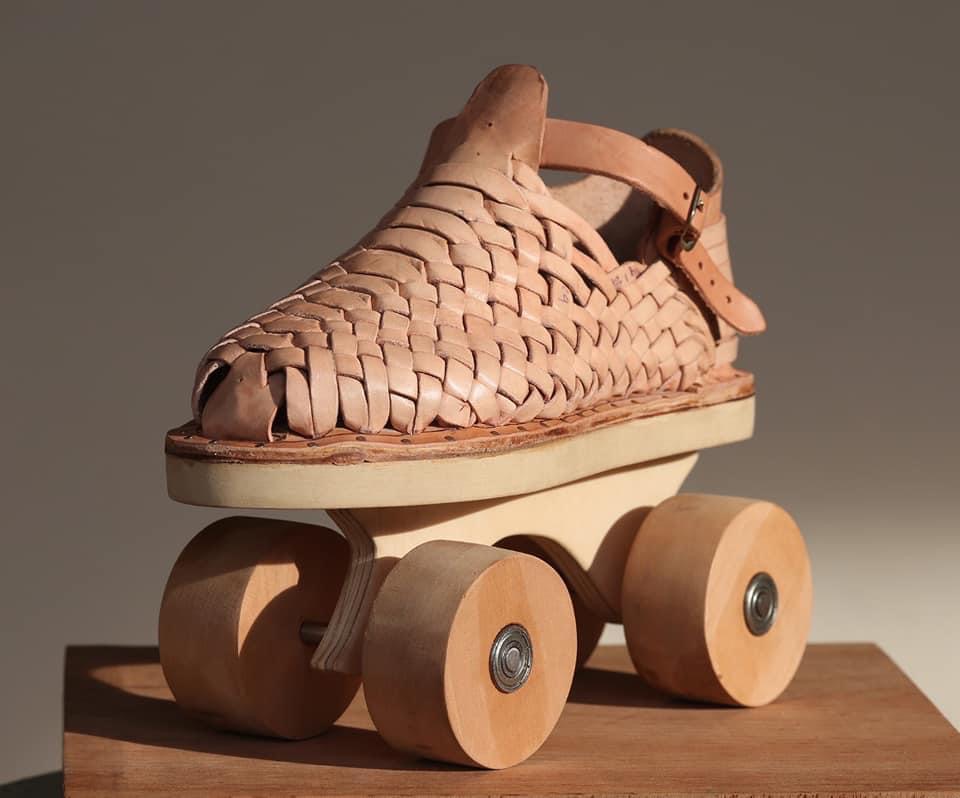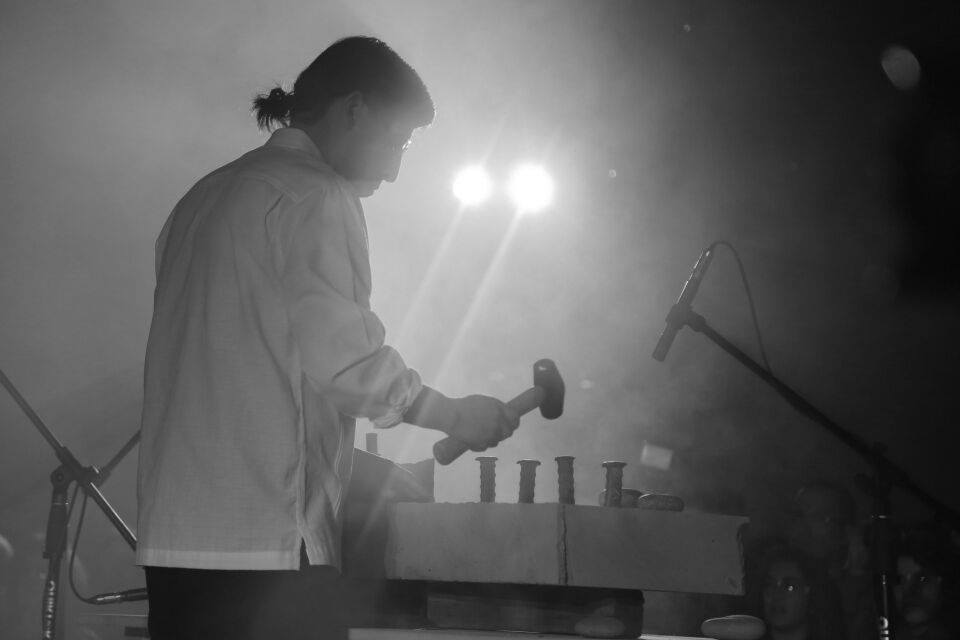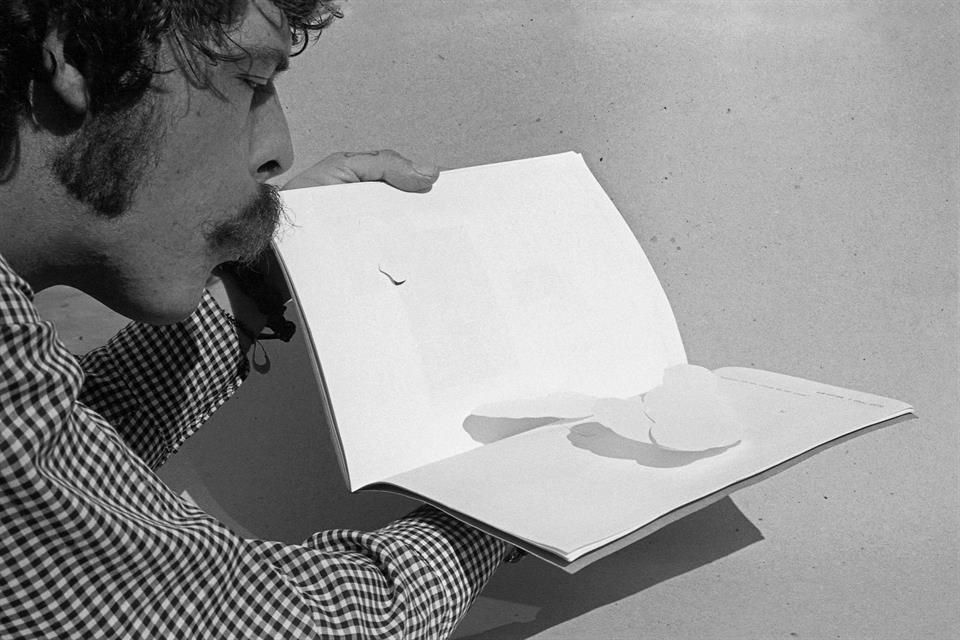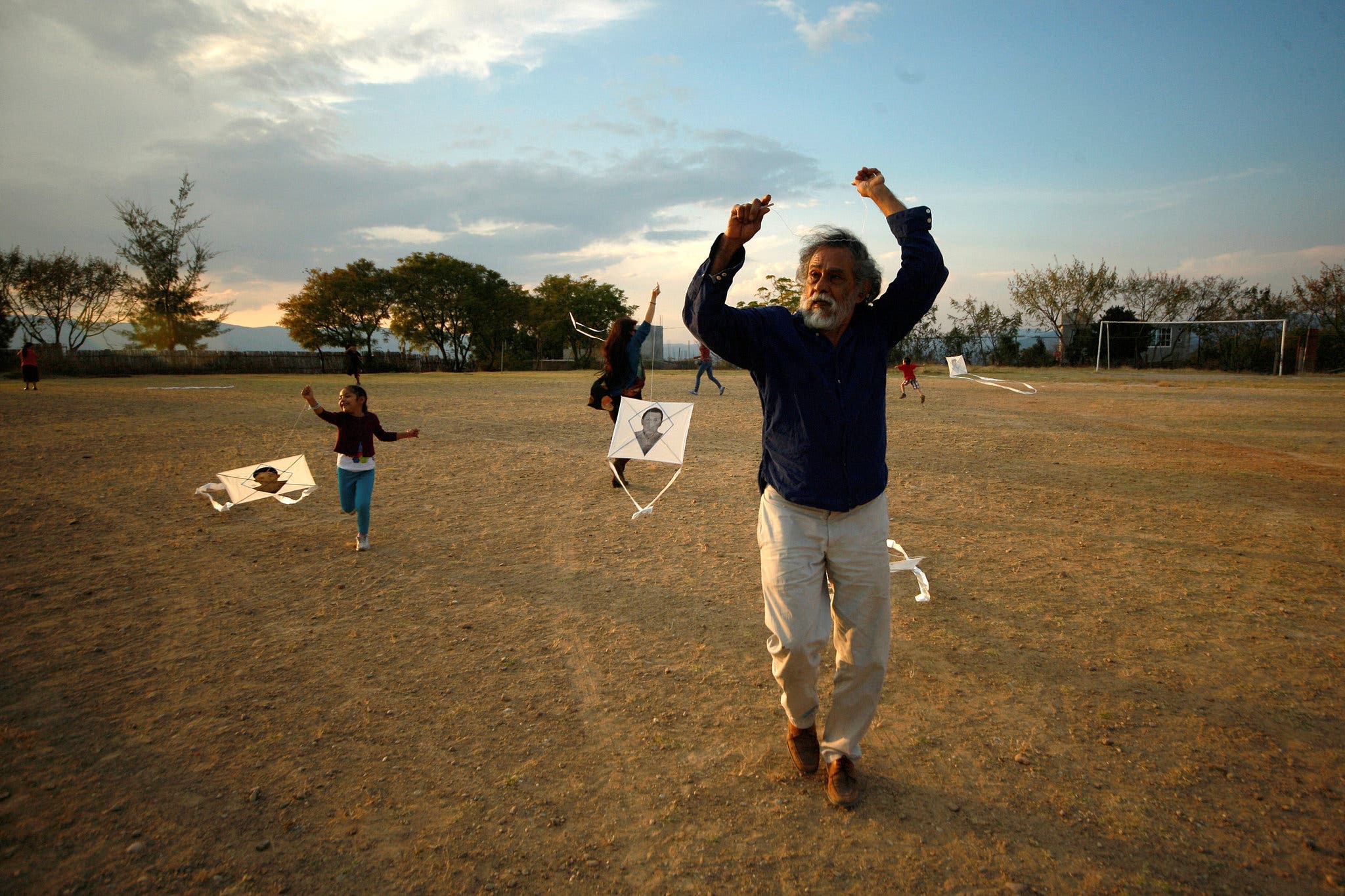Prisciliano Jiménez: Before I went to school, everything was intuitive and out of an interest in learning, but I didn't really know what else was there. Then, I started in the professional field and discovered the history of art, which was a mystery to me. The only information about art I could access was through mass media, but here, I actually discovered lines that opened my mind a little more. I had very good teachers who guided me and my interest began to focus mainly on stone sculpture. When I discovered the stone, I immediately connected with the material, and so began my journey of understanding exactly what I wanted to do.
At one point, I realized that many of the things I was doing were very specific knowledge: techniques, the use of materials, and things that I had learned along the way, which I then understood were cultural or regional knowledge but applied to plastic arts; then it began to make sense as a language. Contrasting my regional culture allowed me to understand more precisely the differences on which I was situated or seated.
My whole artistic process has always been about understanding who I am and where I come from. The indigenous P'urhépecha identity that runs through my veins from my paternal side has determined much of my thinking. Art helped me discover the core elements that compose my P'urhépecha being. So I began to use all these symbols in my work, as well as those of working the land.




